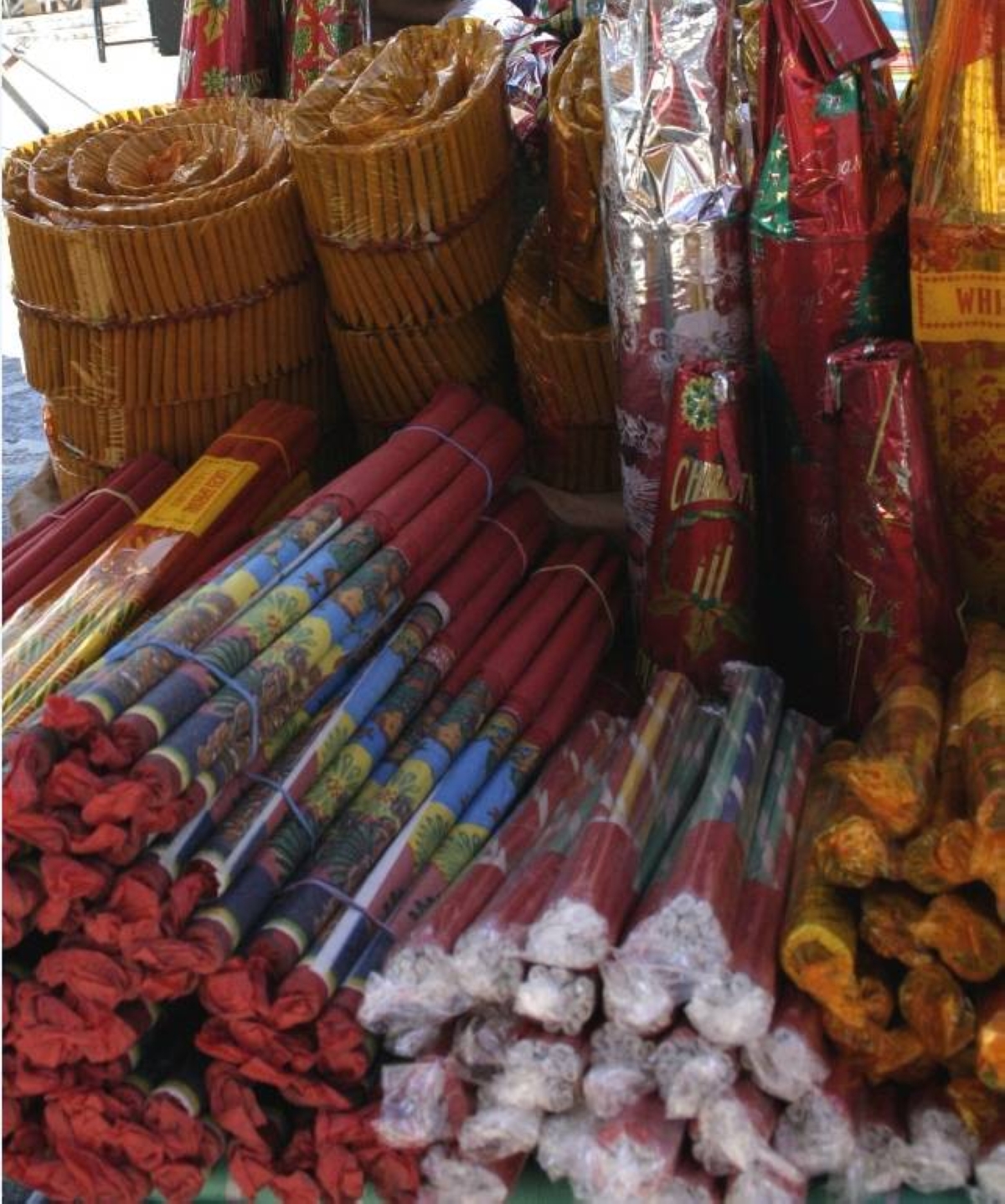MANILA, Philippines: The number of fireworks-related injuries (FWRI) in the Philippines continues to climb, with an additional 23 cases recorded by the Department of Health (DoH) on Wednesday. Since the DoH began monitoring on December 21, a total of 75 FWRI cases have been reported.
The distribution of these cases is as follows: 40 percent in the National Capital Region (NCR), 12 percent in Central Luzon, and 8 percent in the Ilocos Region. It is concerning to see the prevalence of FWRI spread across different areas of the country.
According to the DoH, a staggering 96 percent of these incidents occurred either at home or on the streets. This highlights the need for increased awareness and safety precautions, especially during the festive season. It is crucial for individuals to understand the potential risks associated with fireworks and to take necessary measures to prevent injuries.
The victims of FWRI are predominantly male, and the age range of those affected spans from 6 to 55 years old. The injuries sustained are primarily a result of the use of illegal fireworks such as boga, plapla, five-star, and goodbye Philippines. These dangerous fireworks pose a significant threat to public safety and well-being.
Among the new cases reported, two involve amputations, both of which were caused by pla-pla fireworks. Tragically, these incidents involved male teenagers who lost their fingers due to the irresponsible use of fireworks. This serves as a stark reminder of the potential life-altering consequences that can arise from mishandling fireworks.
It is crucial for authorities to enforce strict regulations and penalties for the use of illegal fireworks. Additionally, public education campaigns should be intensified to raise awareness about the dangers associated with these fireworks. By promoting responsible practices and discouraging the use of illegal fireworks, we can significantly reduce the number of FWRI cases.
In many countries, including the Philippines, the use of fireworks is a deeply ingrained tradition, often associated with celebrations and cultural events. However, it is important to strike a balance between preserving these traditions and ensuring public safety. Local governments should consider implementing designated fireworks zones and organizing professional fireworks displays to minimize the risks associated with individual use.
Furthermore, it is essential for parents, guardians, and educators to educate children about the potential dangers of fireworks. By instilling a sense of responsibility and caution from an early age, we can help prevent future FWRI cases and protect the well-being of our younger generation.
In conclusion, the increasing number of fireworks-related injuries in the Philippines is a cause for concern. The distribution of cases across different regions highlights the need for a nationwide effort to address this issue. By enforcing regulations, raising awareness, and promoting responsible practices, we can work towards reducing FWRI cases and ensuring a safer environment for all. Let us celebrate responsibly and prioritize the well-being of our communities during this festive season.







